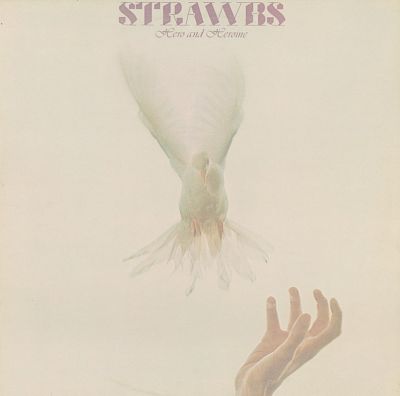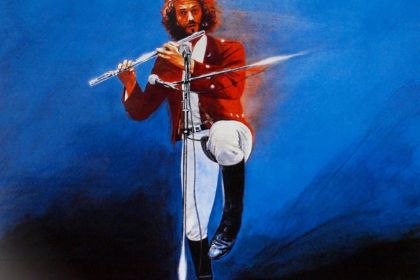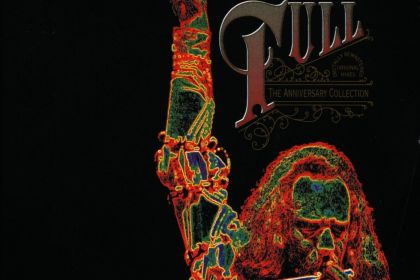SONGWRITER
Hero and Heroine: Strawbs lyrics that allegorize drug addiction through Greek mythology

Strawbs' Hero and Heroine CD cover
Hero and Heroine is a dramatic track by the English band Strawbs released on their 1974 album of the same name. The album is considered by many to be their most explicit prog-rock work, although the title song is the record's outlier—the grooving and ornate keyboard parts connect the song to the progressive genre but its simple harmonic progression that revolves around just three chords should rather be attributed to a folk or pop music genre.
The song was rarely played on the radio due to the clear allusion to drug addiction in the lyrics, although many reviewers tend to interpret it as a reference to the ancient Greek myth of Hero and Leander.
Indeed, the lyrics of Hero and Heroine may reveal possible mythical roots. The original story depicts the love between Leander, a young man from Abydos and Hero, a priestess from the temple of Aphrodite. They lived on the opposite sides of the Hellespont, and each night Leander would swim across the strait guided by the light which Hero would light at the top of her tower. In late autumn, the lovers agreed to part until springtime. However, one dark and stormy night Leander saw the light of a torch beaconing from the tower and decided to attempt the crossing. On his way across, Leander found himself lost when a sudden gust of wind extinguished the fire and doomed him to drowning. Upon seeing his body in the morning surf, Hero threw herself from the tower to meet her own death.
Given that the Strawbs have repeatedly raised the topic of drug addiction in their lyrics, there is likely more to the evocation of this Greek myth here than mere homage. Indeed, some find the following stanza from Hero and Heroine rather unambiguous in its reference to heroin:
Heroine wore fleecy white
She beckoned like some savior bright
Shipwrecked sailors in the night
Were bid welcome to her side
Listen to Hero And Heroine by Strawbs:
Compositionally, Hero and Heroine harmony follows the canons of classical tonal theory, namely the Aeolian mode based on the natural minor scale. In the harmonic analysis of the song chord chains, the scale degrees (denoted with Roman numerals) show the following progression in the key of D minor: Dm–Am–C–Dm or i–v–VII–i.
This rather unsophisticated three-chord progression loops through the entire track which could nevertheless create an illusion of being progressive due to the agitated arrangement and intense ornamentation achieved by the introduction of suspended chords Dsus2, Asus2and, Csus2.
Discover more songs composed in Aeolian minor mode and their harmonic analyses in the following articles:
- 8 songs to introduce Aeolian mode and natural minor scale
- 6 songs combining harmonic minor and Aeolian mode
- Golden Slumbers: lyrical origins of the famous Beatles lullaby
- Hypnotized: Fleetwood Mac's song about aliens
- Locomotive Breath: fine groove born from Jethro Tull's studio session
- Shaman's Blues: quintessential The Doors song refined their most controversial album
- I Shot the Sheriff: Burnin' spliff nearly destroyed Bob Marley's original recording
- Mariposa Traicionera: meaning and flamenco roots of Maná's top hit
- Livin' la Vida Loca: why is Ricky Martin's best song so catchy?



